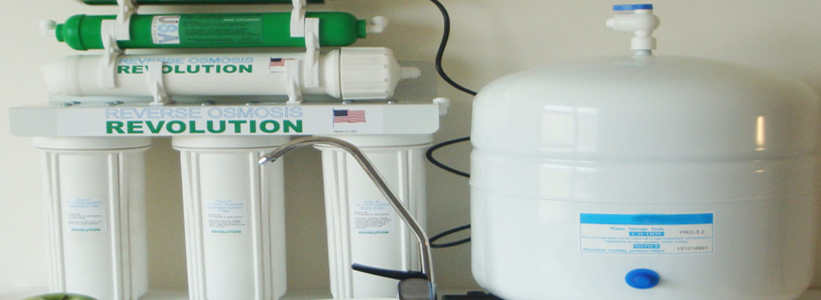UV Plant, Water Softner Plant, Uv Plant Lamp, Ultraviolet (UV) Light, Ultraviolet Radiations
Water and Process Solutions / UV Plant

UV Disinfection of Drinking Water
Using ultraviolet (UV) light for drinking water disinfection dates back to 1910. It is a reliable means of disinfection which involves exposing contaminated water to radiation from UV light. The treatment works because UV light penetrates an organism’s cell walls and disrupts the cell’s genetic material, making reproduction impossible.
A special lamp generates the radiation that creates UV light by striking an electric arc through low-pressure mercury vapor. This lamp emits a broad spectrum of radiation with intense peaks at UV wavelengths of 253.7 nanometers (nm) which research has shown is the optimum UV wavelength range to destroy bacteria. For more information on how UV works click here.
UV disinfection can remove the threat to health from water borne Pathogens without the creation of disinfection by products that can be generated from drinking water chlorination. From the common bacteria, E-Coli through the Cryptosporidium Oocysts to Adenovirus, UV disinfection is capable of providing effective treatment to ensure inactivation of these pathogens and ensure drinking water is safe.
UV is simple to install and requires little supervision, maintenance, or space. Improved safety, minimum service time, low operation and maintenance costs, and the absence of a chemical smell or taste in finished water are some of the major advantages for selecting UV technology over traditional disinfection technologies.
Research has confirmed that UV effectiveness is relatively insensitive to temperature and pH differences.
The advantages of using UV, rather than chemical disinfection, include
- Has no known toxic or significant nontoxic byproducts.
- Has no danger of overdosing.
- Removes some organic contaminants.
- Has no onsite smell and no smell in the final water product.
- Requires very little contact time (seconds versus minutes for chemical disinfection).
- Does not require storage of hazardous material.
- Requires minimal space for equipment and contact chamber.
- Improves the taste of water because of some organic contaminants and nuisance microorganisms are destroyed.
- Does not affect minerals in water.
- Has no impact on the environment.
- Has no volatile organic compound (VOC) emissions or toxic air emissions.

